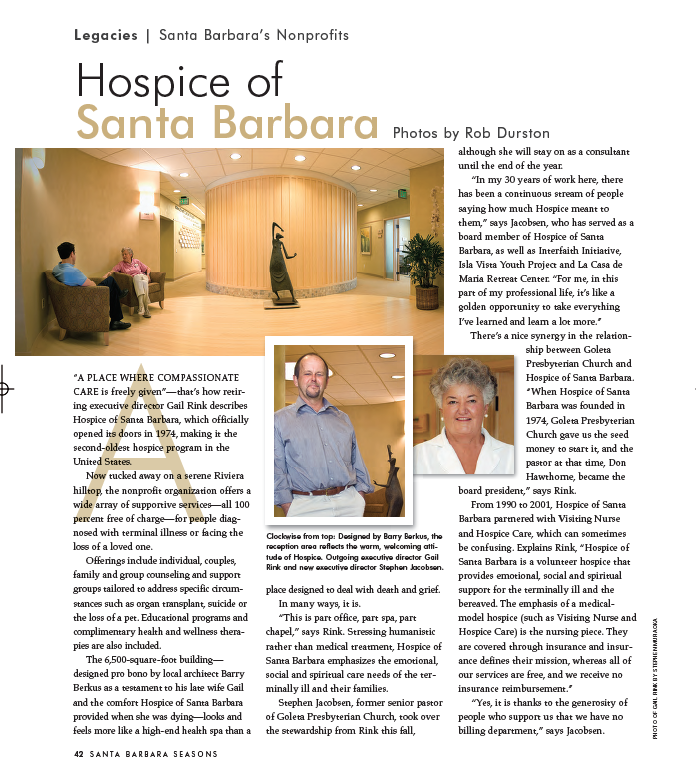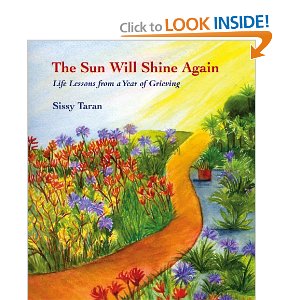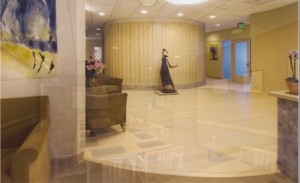 “A PLACE WHERE COMPASSIONATE CARE is freely given”—that’s how retiring executive director Gail Rink describes Hospice of Santa Barbara, which officially opened its doors in 1974, making it the second-oldest hospice program in the United States.
“A PLACE WHERE COMPASSIONATE CARE is freely given”—that’s how retiring executive director Gail Rink describes Hospice of Santa Barbara, which officially opened its doors in 1974, making it the second-oldest hospice program in the United States.
Now tucked away on a serene Riviera hilltop, the nonprofit organization offers a wide array of supportive services—all 100 percent free of charge—for people diagnosed with terminal illness or facing the loss of a loved one.
Offerings include individual, couples, family and group counseling and support groups tailored to address specific circumstances such as organ transplant, suicide or the loss of a pet. Educational programs and complimentary health and wellness therapies are also included.
The 6,500-square-foot building—designed pro bono by local architect Barry Berkus as a testament to his late wife Gail and the comfort Hospice of Santa Barbara provided when she was dying—looks and feels more like a high-end health spa than a place designed to deal with death and grief.
In many ways, it is.
“This is part office, part spa, part chapel,” says Rink. Stressing humanistic rather than medical treatment, Hospice of Santa Barbara emphasizes the emotional, social and spiritual care needs of the terminally ill and their families. Stephen Jacobsen, former senior pastor of Goleta Presbyterian Church, took over the stewardship from Rink this fall, although she will stay on as a consultant until the end of the year.
“In my 30 years of work here, there has been a continuous stream of people saying how much Hospice meant to them,” says Jacobsen, who has served as a board member of Hospice of Santa Barbara, as well as Interfaith Initiative, Isla Vista Youth Project and La Casa de Maria Retreat Center. “For me, in this part of my professional life, it’s like a golden opportunity to take everything I’ve learned and learn a lot more.”
There’s a nice synergy in the relationship between Goleta Presbyterian Church and Hospice of Santa Barbara.
“When Hospice of Santa Barbara was founded in 1974, Goleta Presbyterian Church gave us the seed money to start it, and the pastor at that time, Don Hawthorne, became the board president,” says Rink.
From 1990 to 2001, Hospice of Santa Barbara partnered with Visiting Nurse and Hospice Care, which can sometimes be confusing. Explains Rink, “Hospice of Santa Barbara is a volunteer hospice that provides emotional, social and spiritual support for the terminally ill and the bereaved. The emphasis of a medical model hospice (such as Visiting Nurse and Hospice Care) is the nursing piece. They are covered through insurance and insurance defines their mission, whereas all of our services are free, and we receive no insurance reimbursement.”
“Yes, it is thanks to the generosity of people who support us that we have no billing department,” says Jacobsen.
“Historically that has really been important in this organization. Our board has always been committed to providing free services,” Rink adds.
Looking to the future, board president Roger Heroux says, “The vision is to grow because there is a lot of work to be done. Not only do we want to grow and expand the clinical aspects of this organization, we want to penetrate the Hispanic community in a big way…. (Also) we’ve got to make sure that our infrastructure is solid…to make sure that we’ve got the capability internally to deal with the growth. And finally we want to collaborate with a couple of like-minded organizations that will serve as a good referral source to us, but who also share our commitment to this process.”
“I think that it will be a different kind of leadership,” says Rink. “I’m a fundamental program person and have been in the business a long time (27 years as a hospice social worker/counselor) and Steve has been affiliated with the business for a long time. I built the fundamentals, he’ll build the future.”
To find out more about Hospice of Santa Barbara, call (805) 563-8820 or visit www.hospiceofsantabarbara.org.
Originally published in the Winter 2008/09 issue of Santa Barbara Seasons Magazine. To read the story as it appeared, click here and here.


